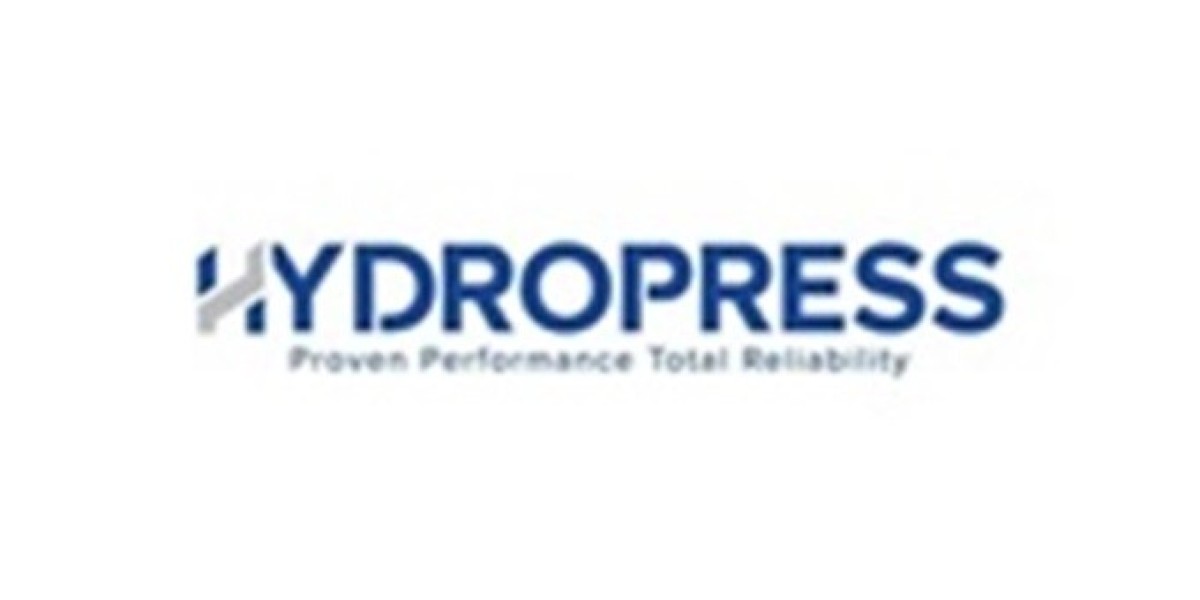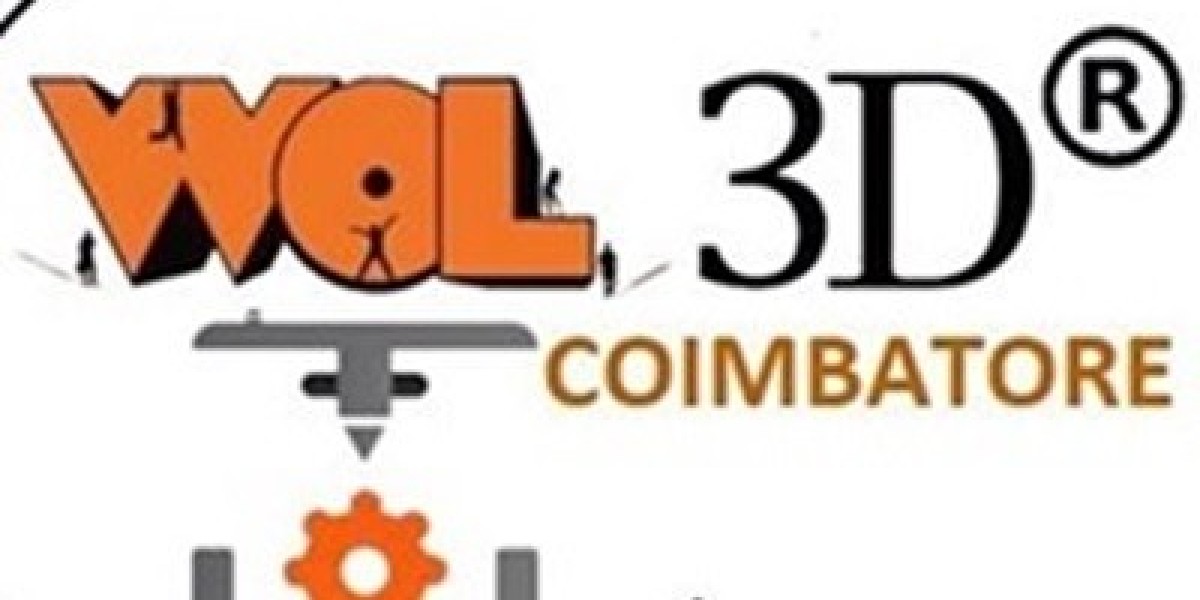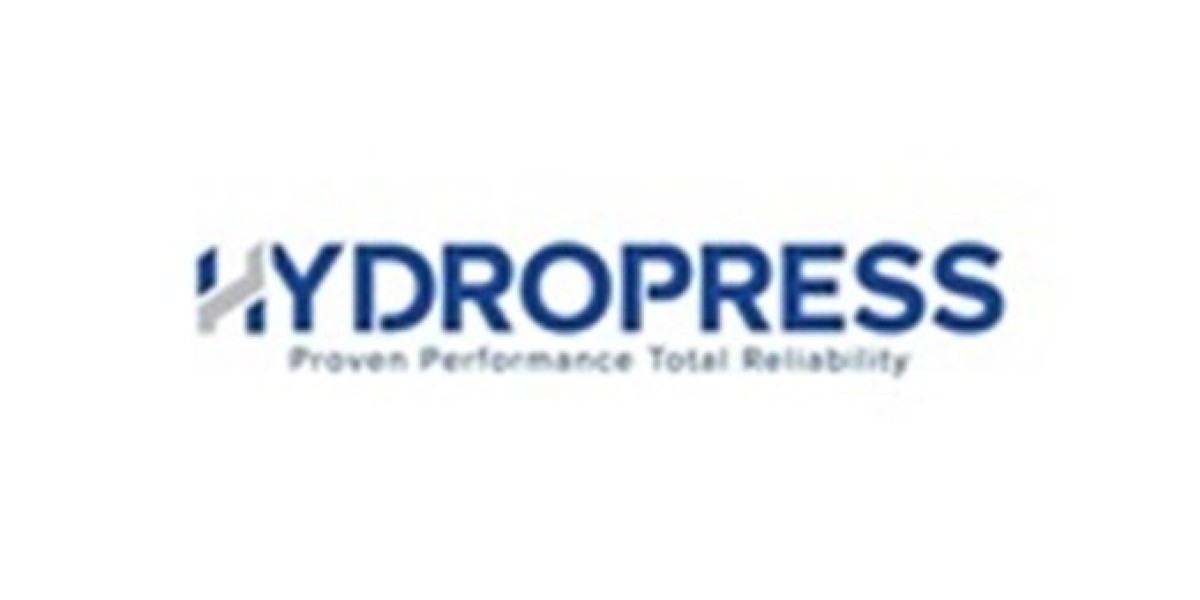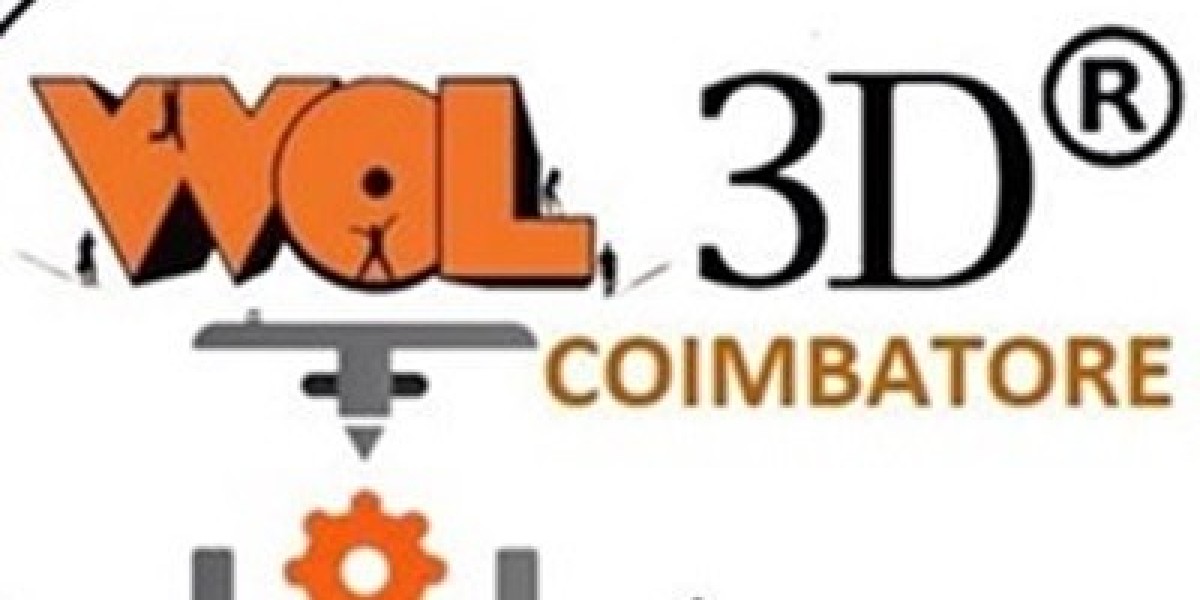When choosing a vehicle or an engine for performance applications, one of the critical decisions is selecting between an inline engine and a V-engine. Both configurations have their unique advantages and disadvantages, and understanding these differences can help you make the best choice for your needs.
Understanding the Basics
An inline engine features all its cylinders arranged in a straight line along a single crankshaft. This design is simple and efficient, commonly found in four-cylinder and six-cylinder engines.
A V-engine, on the other hand, arranges its cylinders in two banks at an angle (usually 60 or 90 degrees) to form a “V” shape. This configuration is popular in six-cylinder, eight-cylinder, and larger engines due to its compact nature.
Pros and Cons of Inline Engines
Pros:
Simpler Design: With a single cylinder bank and crankshaft, inline engines have fewer moving parts, making them easier to manufacture and maintain.
Smooth Operation: Inline-six engines, in particular, are known for their balanced and smooth operation.
Cost-Effective: The straightforward design often leads to lower production costs and better reliability.
Fuel Efficiency: Inline engines tend to be more fuel-efficient due to fewer components causing friction.
Cons:
Space Requirements: Inline engines, especially inline-six and larger, can be long and challenging to fit in compact engine bays.
Limited Power Options: Most inline engines are found in smaller to mid-range vehicles, limiting high-performance applications.
Pros and Cons of V-Engines
Pros:
Compact Design: The V-shape allows for shorter engine lengths, making it easier to fit larger displacement engines in smaller engine bays.
High Power Potential: V-engines are commonly found in high-performance and luxury vehicles, offering increased power and torque.
Better Weight Distribution: The compact design often results in better weight balance for performance driving.
Cons:
Complexity: With more moving parts, including multiple cylinder heads and camshafts, V-engines can be more expensive to produce and maintain.
Potentially Higher Fuel Consumption: The added complexity and power output often lead to lower fuel efficiency compared to inline engines.
Which One Should You Choose?
Your choice between an inline and V-engine depends on your needs and preferences:
For daily driving and fuel efficiency: Inline engines are a great choice due to their simplicity and reliability.
For performance and high power output: V-engines are ideal, offering more power in a compact package.
For durability and smooth operation: Inline-six engines are widely praised for their balance and longevity.
Conclusion
Both inline and V-engines have their advantages, and the right choice depends on your priorities. Whether you’re looking for efficiency and reliability or high performance and compact design, understanding these key differences will help you make an informed decision.








